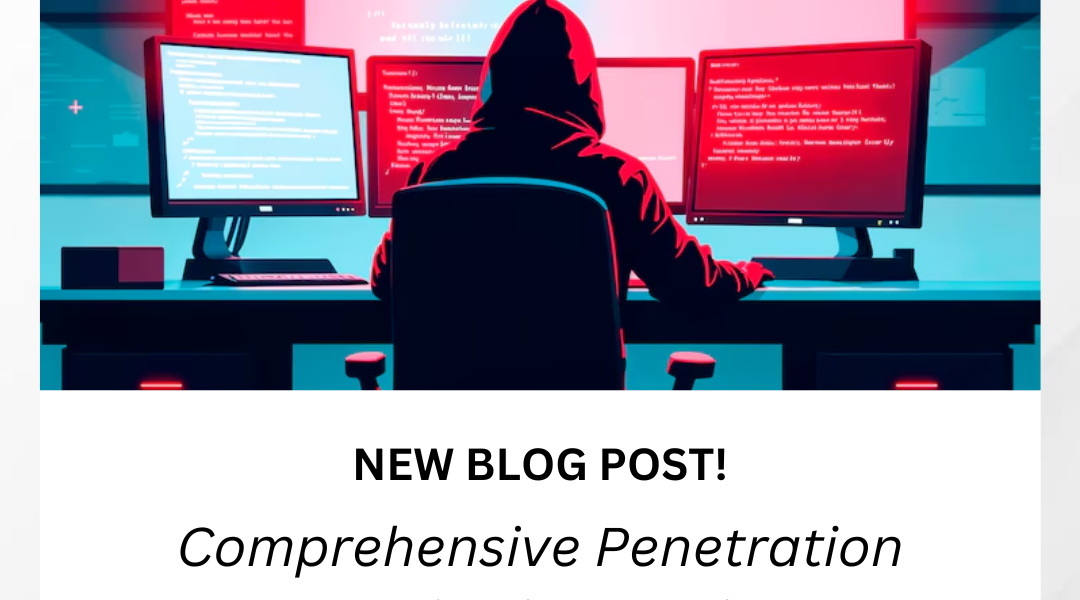Understanding the New Threat to Security: The Rise of Cyber Espionage
In today’s interconnected world, cyber espionage has emerged as a formidable threat, posing a grave risk to entities of all sizes, whether they be businesses or government organizations. This insidious form of cyber attack is designed to pilfer classified, sensitive data, or intellectual property, granting a competitive edge to the perpetrators. To comprehend the nuances of this growing menace, we must first dissect the broader spectrum of security threats it resides within.
Security Threat Categories: A Comprehensive Overview
Security threats can be broadly categorized into four distinct groups:
1. Physical Threats: Unauthorized physical access to an organization’s data or systems is at the heart of these threats. They might emerge from cataclysmic events like tremors and floods or, all the more terribly, from human activities like defacing or robbery.
2. Threats to Information Security: Unapproved admittance to or revelation of an association’s essential data is at the core of these dangers. They often manifest as malware attacks, social engineering exploits, or other malicious activities.
3. Operational Security Threats: These threats target the very fabric of an organization’s operations. Events such as power outages or network disruptions can disrupt normal functioning.
4. Regulatory Compliance Threats: Non-compliance with relevant laws and regulations poses a distinct threat, often leading to severe penalties or sanctions.
The Two Pervasive Security Threats
Within this spectrum of threats, two of the most pervasive ones have taken center stage:
1. Malware: Malware encompasses a wide range of software designed to inflict harm on computer systems. Viruses, worms, Trojans, and ransomware are some of its menacing forms.
2. Social Engineering: This psychological technique manipulates human behavior to coax individuals into divulging confidential information or undertaking actions detrimental to their organization’s interests.
Understanding Threats and Risks in Security
A threat represents the potential danger looming over an organization’s information and systems. In contrast, risk signifies the probability of a threat materializing and causing harm.
Navigating the Ever-Changing Security Landscape
The landscape of security threats continually evolves, introducing novel challenges. Some of the latest threats include:
1. Advanced Persistent Threats (APTs): These intricate attacks are often orchestrated by nation-state actors, capable of eluding detection for extended periods. Defending against APTs is an arduous task.
2. Zero-Day Attacks: These exploits target vulnerabilities in software unknown to the software vendor, rendering them immensely challenging to thwart due to the absence of patches.
3. Supply Chain Attacks: Attacking an organization via its supply chain grants intruders access, circumventing robust internal security measures.
4. Ransomware-as-a-Service: Easily accessible on the dark web, this type of ransomware empowers even those lacking technical proficiency to launch ransomware attacks.
5. AI-Powered Attacks: Leveraging artificial intelligence, these attacks automate and enhance traditional attack methods, posing a substantial threat.
Securing Organizations against Emerging Threats: The Role of Palo Alto and Treten Networks
In the realm of cybersecurity, Palo Alto Networks and Treten Networks stand as stalwart partners, committed to safeguarding organizations from the ever-mutating landscape of cyber threats, including cyber espionage. Their arsenal of solutions includes firewalls, intrusion detection systems, data encryption, and comprehensive security training.
Furthermore, these partners extend a suite of services designed to keep organizations ahead of the curve:
– Threat Intelligence: Offering real-time insights into emerging threats.
– Vulnerability Assessment: Identifying weaknesses to preempt potential attacks.
– Incident Response: Ensuring swift, effective action in the event of a cyber breach.
Practical Measures for Enhanced Security
To fortify their defenses against these evolving threats, organizations should consider the following pragmatic steps:
– Adopt a Layered Security Approach: Utilize diverse security measures, such as firewalls, intrusion detection systems, and data encryption, to create a robust defense system.
– Regularly Update Software: Keep software up-to-date to benefit from security patches that shield against emerging threats.
– Employee Training: Recognize that employees can be a vulnerability; educate them on the latest cyber threats and empower them to protect the organization.
– Establish an Incident Response Plan: Preparedness is key; organizations should have a well-defined plan in place to respond swiftly and effectively to cyberattacks.
Understanding the New Threat to Security: The Rise of Cyber Espionage is an always approaching danger that exceeds all logical limitations as far as the associations it targets. As our reality turns out to be progressively interconnected, the dangers related with digital surveillance keep on mounting. However, through proactive measures and strategic partnerships with cybersecurity experts like Palo Alto Networks and Treten Networks, organizations can bolster their defenses and mitigate the perils posed by this evolving menace. Contact Today!


